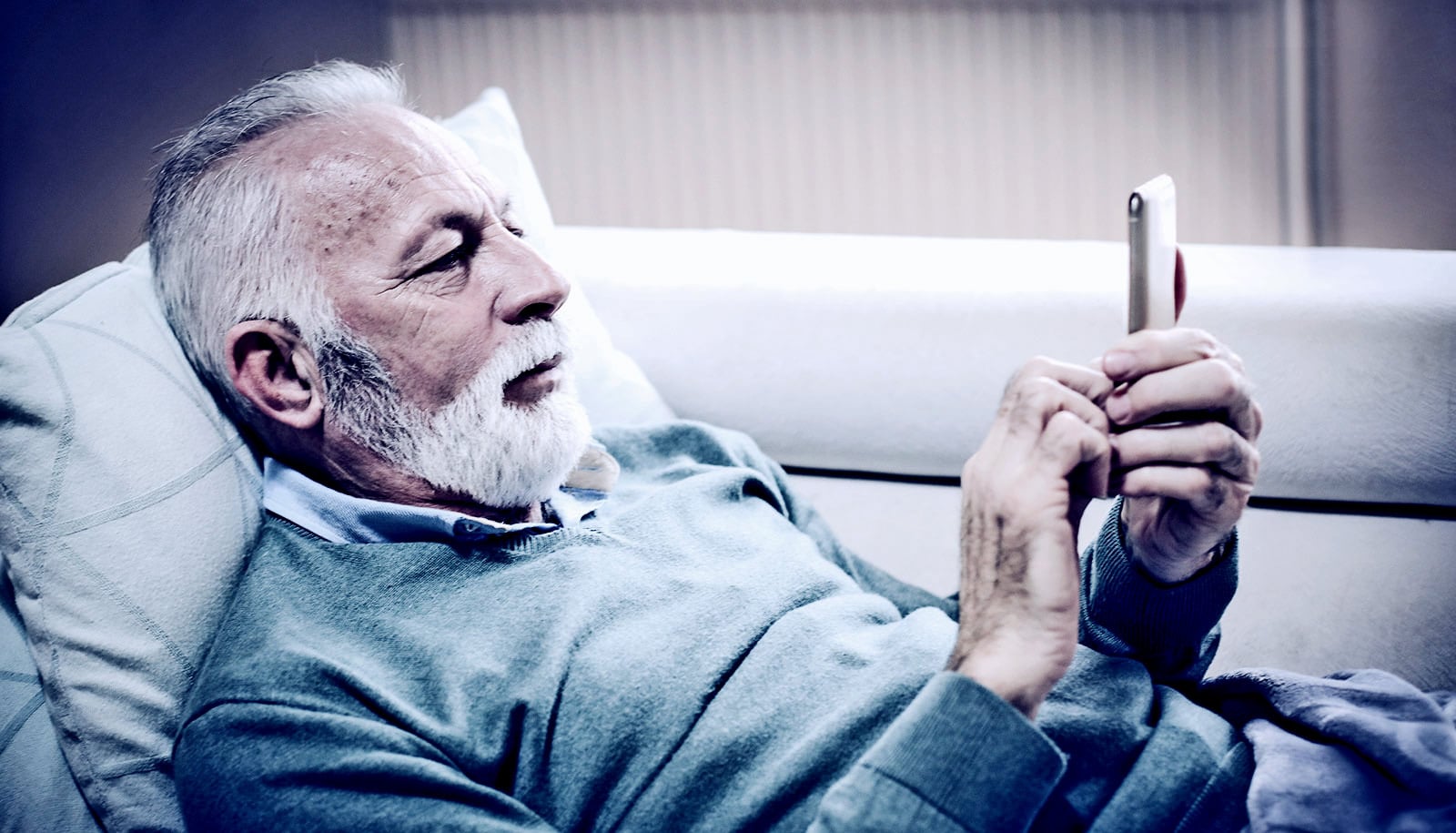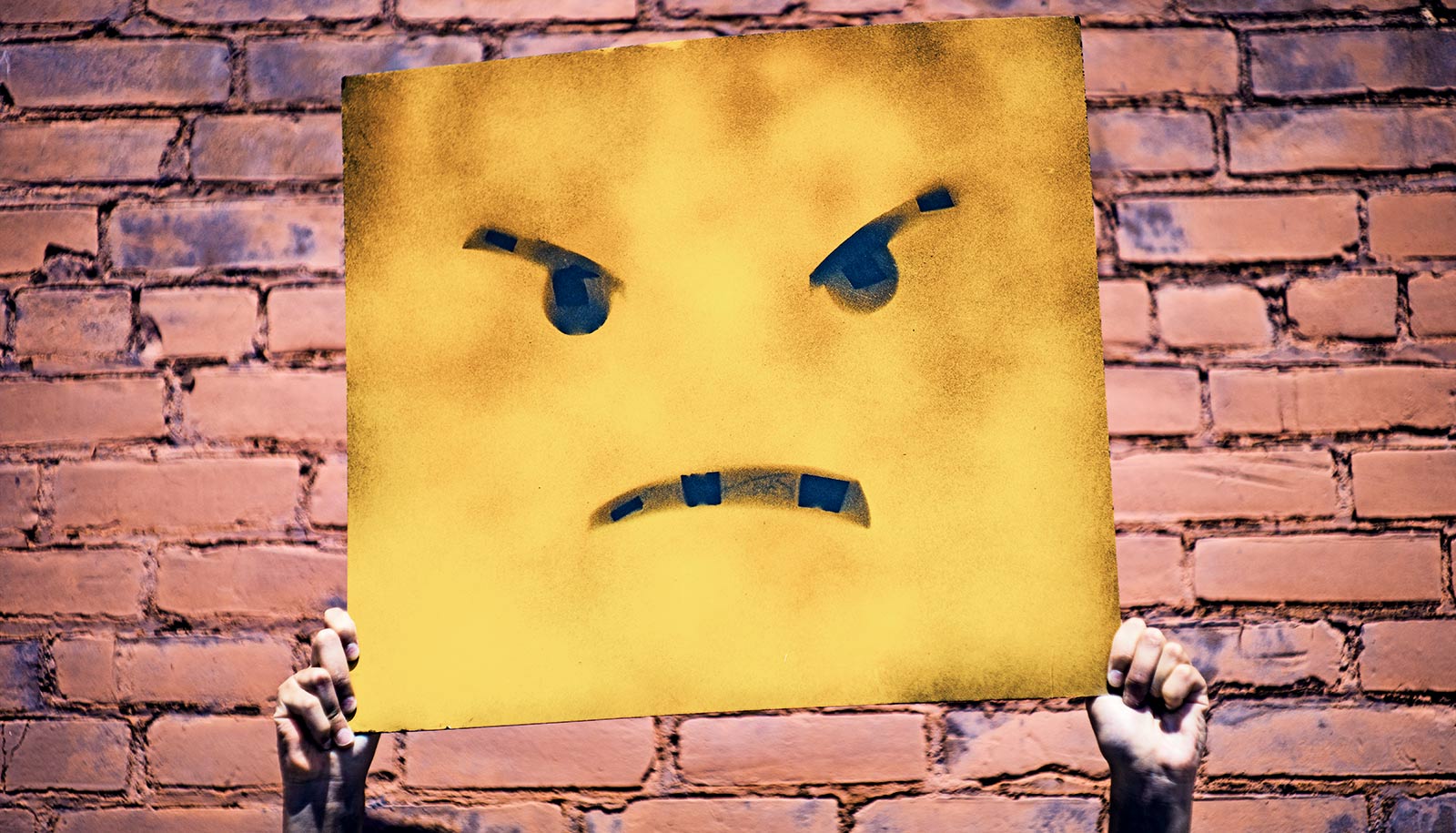The difference in appearing cool or not can hinge on something as simple as a smile, new research suggests.
Caleb Warren, assistant professor of marketing in the University of Arizona’s Eller College of Management, has spent his career trying to answer the question: What makes things and people cool?
When he started his research, many assumed that the way to become cool was by being different or rebellious. (think actor James Dean in Rebel Without A Cause.) And to a certain extent, Warren’s early research proved that theory true.
“If you’re being photographed, whether it’s on the cover of a magazine or for a Facebook post, you should probably be smiling rather than being inexpressive…”
Another common idea about what makes people seem cool is being indifferent and not showing their emotions. Rapper Kanye West once told the media that he doesn’t smile for photos because “it just wouldn’t look as cool,” and academics have written that the reason Dean became cool was because he didn’t smile. But is that true?
“Is it actually cool to be inexpressive rather than showing emotion?” Warren asks. “The most common emotional expression, at least in advertisements and magazines, is to smile. So the narrow question we tested is: Is it more cool to smile or to be inexpressive?”
To test the theory, Warren and his coauthors—Todd Pezzuti from the University of Chile and Shruti Koley from Texas A&M University—created several advertisements. The researchers showed the same endorser twice, once with a smile and once without, and asked participants to rate how cool or uncool they thought the endorser was.
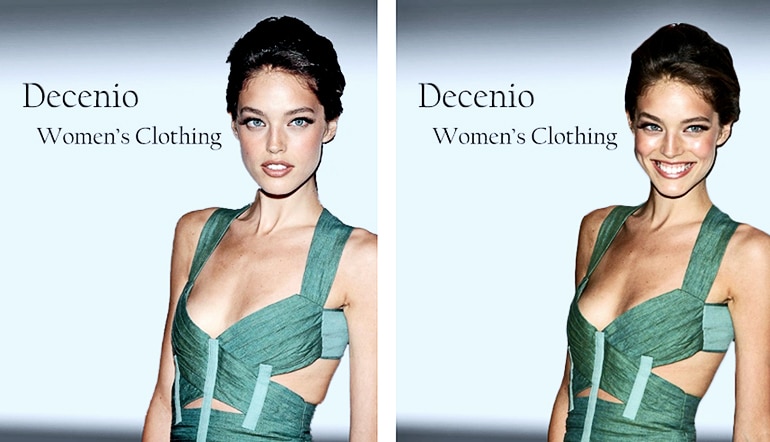
“We found that the endorser seemed less cool when they were inexpressive compared to when they smiled,” Warren says of the ads that included amateur and professional models, star athlete Michael Jordan, and Dean. “My favorite one was even James Dean, who people have said became cool by being inexpressive, became less cool when he was inexpressive than when he smiled.”
The researchers also asked people how they felt about the brand that the ads represented. In each case, people liked the brand less when they thought the endorser was less cool.
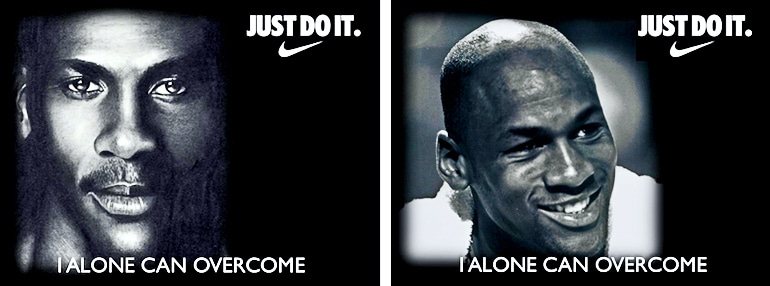
The only time participants deemed being inexpressive cooler, according to the research, was in a hypercompetitive situation. When presented with an announcement of a news conference between two mixed martial arts competitors, respondents said the inexpressive fighter was cooler than his smiling counterpart.
“In less-competitive situations, the reason not smiling doesn’t seem cool is because the person seems cold rather than cool, so you don’t like that person. The way I interpret it is: It’s not so much that smiling makes someone cool as much as not smiling tends to make people less cool,” Warren says.
“In a highly competitive situation, the more important question is not ‘Do I like this person?’ but ‘Is this person going to succeed in this competition?’ In highly competitive situations, being inexpressive is interpreted as a sign of dominance, which is cool,” he explains.
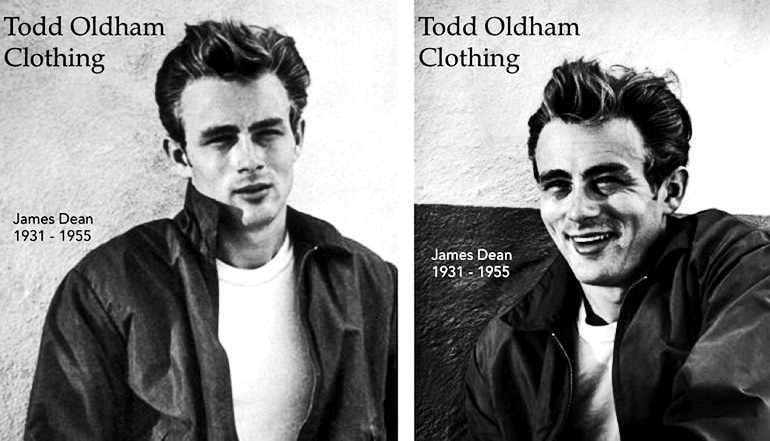
Across the board, the study showed that the person who smiled seemed more genuine and likable than the person who was inexpressive. The results have important implications for companies marketing a brand, as well as for anyone who wants to be seen as cool.
The right smile could boost trust—and giving
“If you’re being photographed, whether it’s on the cover of a magazine or for a Facebook post, you should probably be smiling rather than being inexpressive,” Warren advises. “Because most people don’t think that being inexpressive is cool.”
The research appears in the Journal of Consumer Psychology.
Source: Stacy Pigott for University of Arizona


